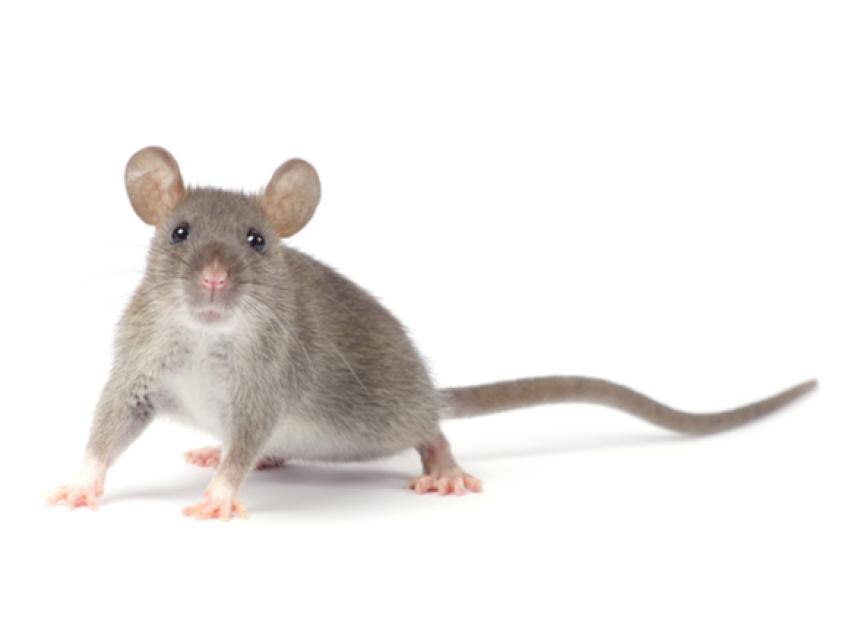Loss of Circulation in the Tail in Rats
Ringtail Syndrome in Rats
Ringtail syndrome is a condition that occurs in accompanying high temperature, low humidity environments, with frequent drafts inside the rat’s cage. It most often affects the tail, but may also affect the toes or feet as well. The condition occurs due to lack of proper blood supply to the body part, resulting from a constriction of the tail or limb -- where the body part below the constriction ceases to receive blood from the circulatory system. Left untreated, the area of the body part will develop complications such as inflammation and swelling, leading eventually to gangrene -- the death and decomposition of the soft tissue.
Ringtail syndrome is a condition most often seen in laboratory rats. It is relatively rare in pet rats.
Symptoms and Types
- Swelling of the tail or limb (e.g., front or back feet)
- Blackening and/or sloughing of the skin on the tail, toes or feet (gangrene)
- Frequent biting of the affected area
Causes
- Low humidity, high temperature environment
- Drafty cage
Diagnosis
You will need to give a thorough history of your rat's health, onset of symptoms, and the specifics of your rat's living conditions, such as placement of the cage and the general temperature of the environment in which your rat lives. A diagnosis of ringtail syndrome can usually be made by observing the clinical signs exhibited by your rat.
Treatment
如果浣熊已经发展到一个年代tate of gangrene, your veterinarian will need to carry out surgical removal of all or part of the tail, toe or feet. Post-operative administration of antibiotics will be necessary to help the wound heal and also to prevent the development of secondary bacterial infections. In most cases, the stump of the tail heals without any secondary infection or complication; your rat should be able to recover from the removal with a minimum of stress. Likewise, if the affected area is the toe or foot, post operative treatment will include the application of topical antibiotics. Supportive care, and a calm environment in which to recover will help your rat to compensate for the loss and go on to live a healthy life.
Living and Management
If your rat is living in drafty area, and the conditions cannot be changed by moving the cage, you will need to regularly check your rat's feet and tail for any changes in skin color. The normal skin color for a rat is a healthy pink. In ringtail syndrome the skin will turn to an unhealthy blue or grey color. Before gangrene sets in, the affected area will become inflamed, swollen, and red.
Ringtail syndrome can be avoided by keeping the humidity in the living environment at no more than 70 percent and keeping the cage temperature at about 70 to 74 degrees Fahrenheit. Your veterinarian may also recommend that you keep a humidifier in the room with your rat so that its skin, limbs and tail appendage do not suffer as a result of low humidity.
Good supportive care should be given to your pet rat during the post-operative period, as directed by your veterinarian, so as to prevent any complications from arising and also to help your rat to recover quickly and completely.
Prevention
Ringtail can be prevented by providing an ambient temperature 70 to 74°F (22 to 23°C) and a humidity level of 40 to 70 percent. If drafts are an issue, it will also be necessary to take steps to reduce drafts by using a cage with plastic or glass sides, rather than one with sides made of wire.
Help us make PetMD better
Was this article helpful?
